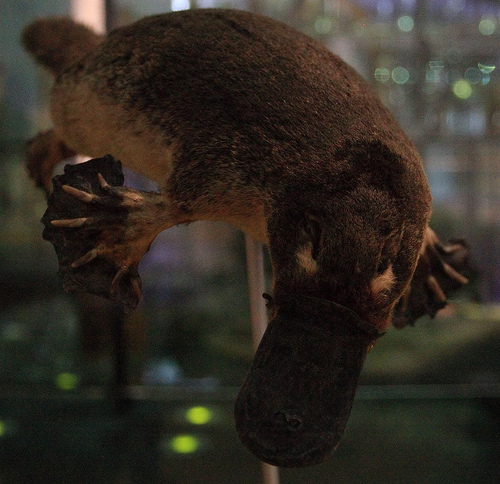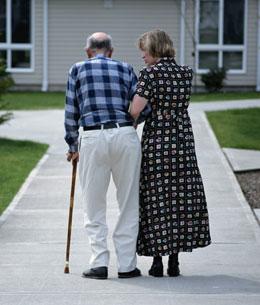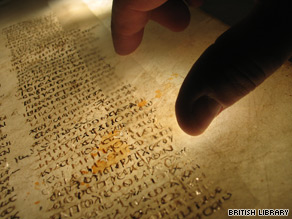
As students of American history, most children learn about the heroes of the Revolutionary War, the discovery of the American continent, and other stories that illuminate the courageous people who contributed to the formation of the United States. In learning about Christopher Columbus, Benjamin Franklin, and George Washington, we’re regaled with stories of their personal valor—how Washington chopped down his cherry tree, how Columbus proved the flat-earthers wrong, and how Franklin discovered electricity in a lightning storm.
We learn all these quaint and quixotic stories, despite the fact that not one of them is true. George Washington never chopped down a cherry tree; geological evidence from his boyhood home shows that no cherry trees have ever grown there. A preacher looking to sell books propagated the story. As we prepare for our country’s 233rd birthday, we should think about the fact that many of the stories sold as historical fact would be better categorized as sheer fiction.
LINKVia:
Divine Caroline




















